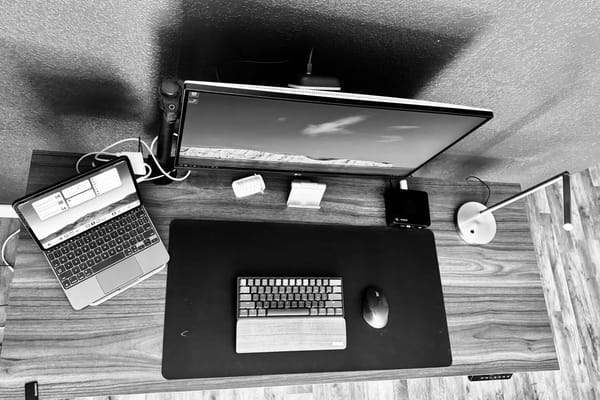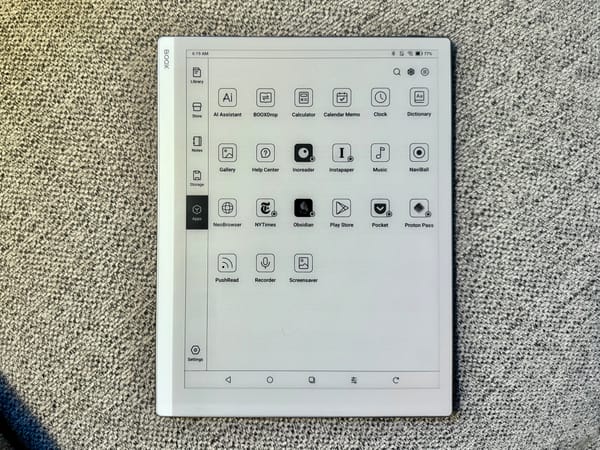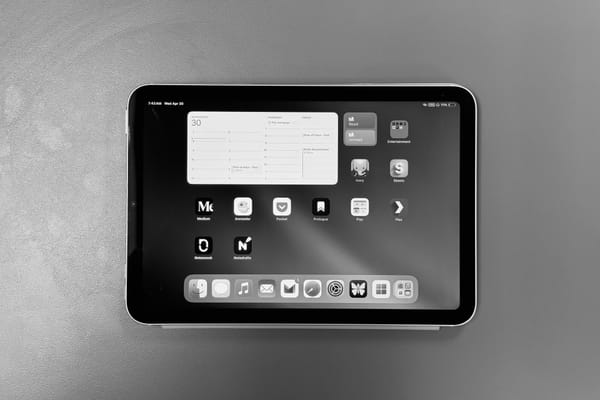Apple’s M-Series Mac Concerns
The future of Apple Silicone is looking a bit worrisome with the new MacBook Pro.

After writing my post Does the iPad Need More Love?, the dust began to settle on the exciting, Scary Event that Apple had on October 30th. The M-Series chip progression is definitely exciting, but there is another area of concern that is starting to grow within the Apple community.
The MacBook Pro with Touchbar has finally retired as the more affordable MacBook Pro in Apple’s lineup. Not only does this mean your entry into the Pro line is 300 more dollars, but you are now also able to get the gorgeous Liquid Retina XDR Display for 400 dollars cheaper. You would think this would be a win-win, right?
For many, this is a huge win. The lower-cost entry into the best MacBook Pro Apple has ever created is fantastic. You not only get the amazing screen but also some additional ports that many have been wanting and the fabulous MagSafe. But you are also missing out on some things, like not as many USB-C ports or the really great-looking Space Gray color.
More disappointingly, though, because the M3 is following the same footsteps as the M1 and M2 before it, you can only use one external monitor. Even worse, the base models still only start at 8 GB of RAM, and when increasing it to 16 GB, you are only 200 hundred dollars away from the Space Gray M3 Pro MacBook Pro — not to mention that you only have the ability to go up to 24 GB of RAM max.
Jason Snell just posted a great review of the new MacBook Pros on Six Colors that I highly recommend. Not only did Jason do a great job reviewing the new MacBook Pro, but he went into even more depth on the entry-model MacBook Pro versus jumping up to a M3 Pro or the very powerful M3 Max.
M3 MacBook Pro review: Peak performance
What I want to address in this post is how similar this new entry-level MacBook Pro and the M-Series Macs are starting to look very familiar to the iPad Pro line. Apple is now restricting certain features even if we feel the hardware is capable. I get that Apple has created the M3 (the M1 and M2 as well) to meet a specific need — battery life being a huge one — but it feels like Apple is gatekeeping unnecessarily.
Maybe Apple feels it is necessary but for a revenue or profit reason, not from a customer needs standpoint. This whole situation reminds me of Batterygate, and continues today, when they decided to throttle the performance of their iPhones to match the power abilities of a degrading battery.
I never saw a huge problem with this, but I do understand the sentiment that many had when they found out. Apple’s biggest issue in that situation was not being transparent in what they were doing. Many thought their phones were being forced to slow down so they would upgrade. Apple argues it was an attempt to make iPhones run longer and not shut downat the expense of them running a bit slower.
I am not saying that the M3 lacking certain features is exactly the same thing. I don’t understand the chip’s makeup enough to argue one way or another. What I am saying, though, is that I feel like Apple sometimes makes decisions for its users that don’t match what some customers actually want, to not only create an experience they are looking for, but to also set a price point for the experience you need.
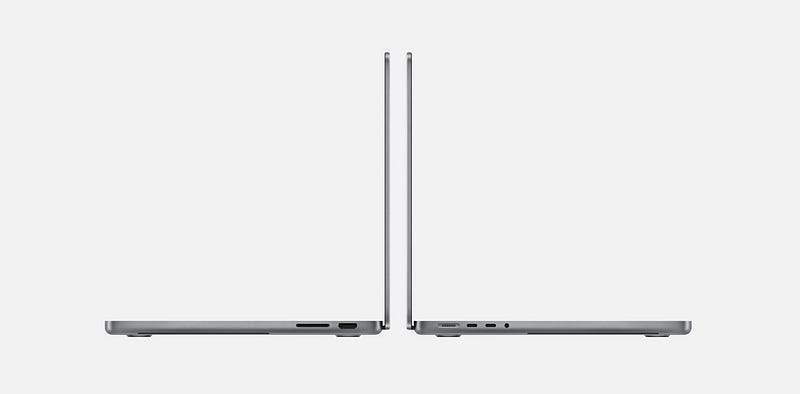
Part of me wonders first, if the M3 could support more than one external display and support more than 24 GB of RAM, but Apple cares more about battery life or performance risks that may occur if it runs too hot. Or, second, was the M3 truly designed not to be able to do it, period.
The first reason would support my original theory that Apple wants to provide a specific user experience at the M3 level and requires more money if you want more, bumping you up to an M3 Pro or Max. The second reason doesn’t really get Apple off the hook either though, because the M3 was designed fully by Apple, so if it truly can’t support these things, they purposely decided to make it that way.
When the iPad Pro’s were given M1, or the X variants of the A-Series chips in the past, many felt like Apple was overpowering them without any features or Apps to take advantage of it. Overtime it has benefited many that these iPad’s since they last so many years, and continue to get OS updates while still running fantastic.
Apple used to be constricted on what the MacBooks could do, due to them being reliant on Intel for their processors. So battery life, lack of performance, heat issues, and other processor-related problems were mostly out of Apple’s control and they did the best they could with macOS to mitigate that.
But even when MacBooks had Intel processors, you were still able to have multiple external support and more RAM support even if it meant the battery life of your Mac would suffer. Now it feels like Apple is starting to lock down what you can do, at least at the entry-level M-series chips. Which is fine, but potentially very costly.
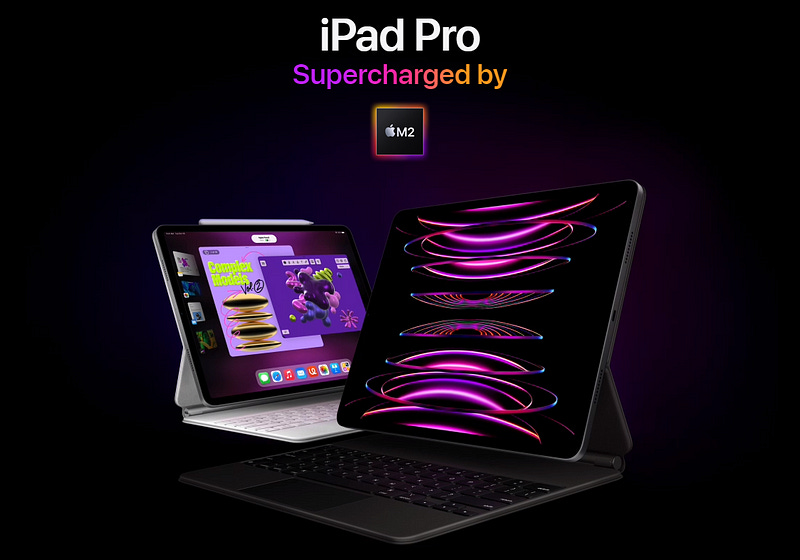
Currently, the iPad Pros only provide 16 GB of RAM if you have a 1TB or 2TB storage option. Apple is starting to do something similar with the MacBook Pros where you only have certain options depending on the M3 chip you choose — Pro or Max options. This isn’t exactly the same as the iPad Pros since they all get the same M2 chip regardless, but it does show Apple’s restrictions on certain configurations.
Ultimately my fear with all of this is that Apple is going to continue to ask for more money for features I feel should be universal. If it means my battery life might suffer on a MacBook Air for wanting more RAM then that should be my choice. Asking me to bump up to a M1 Pro which has a substantial cost increase is disappointing.
If these restrictions need to exist then I would suggest making 16 GB the default RAM for all M3 non-Pro and non-Max options. I would also suggest not making the entry MacBook Pro only have a M3 but make a even lower level M3 Pro so it can support two external displays. This will not only benefit the customer, but will make it feel less gross when trying to choose a new MacBook.

